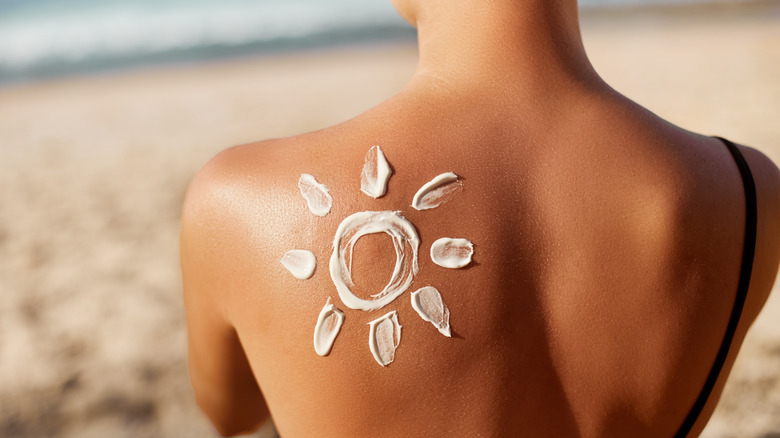Mineral Vs. Chemical Sunscreen: Which Is Safer When Breastfeeding?
If you are breastfeeding, your doctor has undoubtedly made you aware that anything you put in or on your body can have an effect on the nutrition your baby receives from you. As such, many breast feeding people take special care to eat the cleanest, healthiest diet they can, and many doctors are happy to provide lists for dietary suggestions. But often, when it comes to choosing skincare, you are sort of on your own, and the waters can get murkier.
You know that it's important to wear sunscreen for your own health and protection, but how can you be sure that the sunscreen you are using isn't harming your breastfeeding baby? The first thing you need to understand is the difference between chemical sunscreen and physical sunscreen (also called mineral sunscreen).
Chemical sunscreens contain active ingredients like avobenzone, octinoxate and oxybenzone, and they work by absorbing into your skin. From there, they convert UVA and UVB rays into heat and then release it from the body (via Piedmont). Physical sunscreens, on the other hand, contain active ingredients like titanium dioxide and zinc oxide, which sit on top of the skin and act like a physical barrier, reflecting the sun's rays rather than absorbing them.
So, which is safer for breastfeeding?
One choice makes the most sense
Physical sunscreens, the ones that sit on top of your skin rather than absorbing into your body, are the safest choice for people who are breastfeeding (via Healthline). While studies on chemical sunscreens are ongoing, there are only two sunscreen ingredients that the FDA has deemed "safe" for all people, including those who are pregnant and breastfeeding, and those ingredients are zinc oxide and titanium dioxide, the two most common physical sunscreens.
Because these do not absorb into your body at all, and instead sit on top of your skin, there is no risk of these ingredients getting into your bloodstream and therefore, potentially, into your breastmilk. Meanwhile, according to the Environmental Working Group, all of the following chemical sunscreens are absorbed into the body after just a single use: oxybenzone, octinoxate, octisalate, octocrylene, homosalate and avobenzone. As such, since these ingredients have not yet been found safe and effective, your best bet is to use physical sunscreens while breastfeeding.

